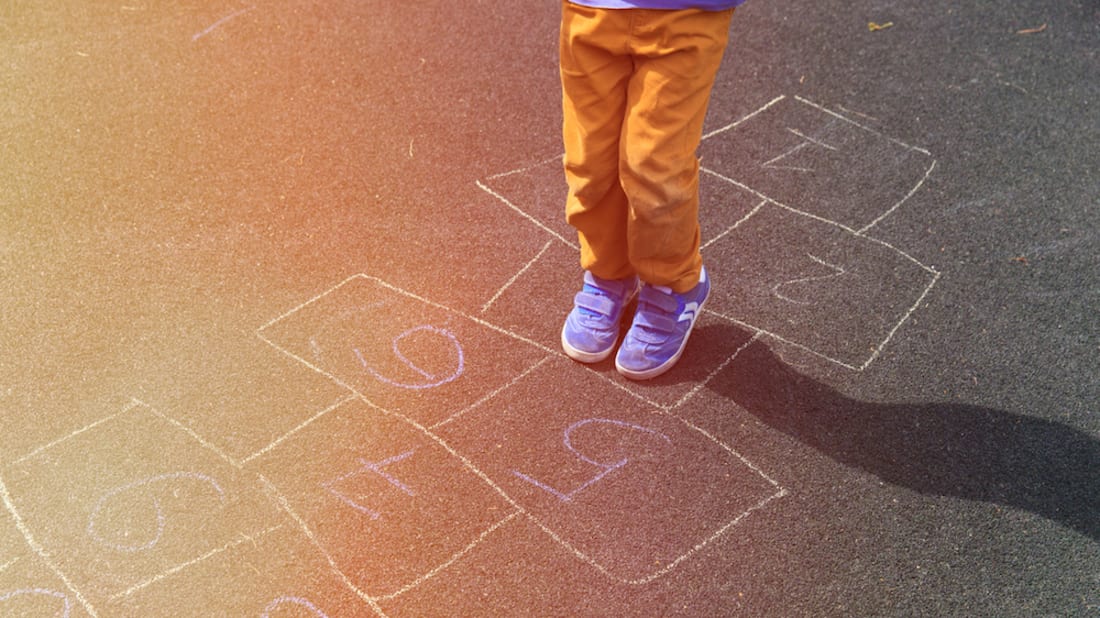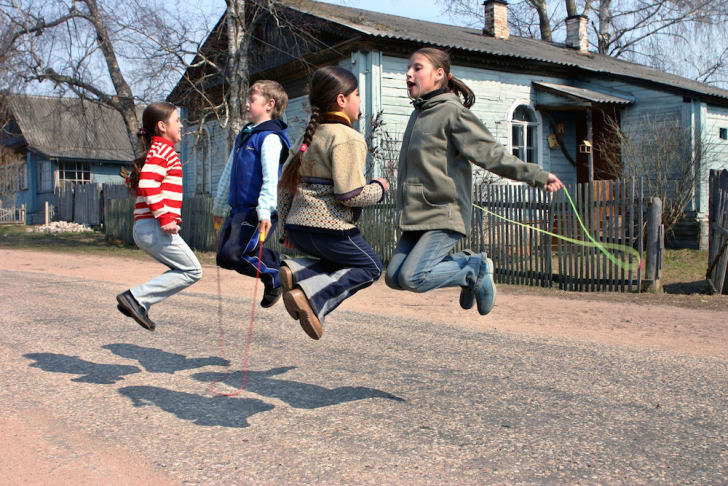1. Playing games can enhance your memory.
Video games are more than just fun to play. They can also have a positive effect on memory. But not in the way you might think! A 2015 study conducted at the University of California determined that playing games could actually boost how the brain forms memory.
How does it work?
As we age, it gets harder for us to remember things. However, people who played video games for half an hour a day – specifically games set in 3D worlds – saw an increase in their ability to remember things. Games that explore 3D environments require attention to detail and are great exercise for your brain. Just playing can make your memory better!
2. Video games can actually improve your eyesight.
“You’re going to hurt your eyes staring at that screen all day!” If you play games or look at your phone every day, you’ve probably heard these words. But it turns out this isn’t all true! A 2009 study conducted by a group of researchers determined games can actually help your eyesight instead of hurting it.
How does it work?
Study leader Daphne Bavelier determined that playing action games boosts an ability called Contrast Sensitivity Function. In other words, it’s the brain’s ability to tell the difference between changes in color. This is the same ability that helps people be able to drive at night. Action games change colors quickly, improving your brain’s ability to process color. In fact, according to Bavelier, playing action games after eye surgery or getting corrective lenses can actually help your eyes heal faster!
3. Playing games can boost your coordination.
Remember the family board game Operation? Or Flight Simulator? Games that require you to use delicate movements can be a big boost to your coordination! In a 2010 study, researchers from the Centre for Vision Research in Canada determined that, in addition to games helping hand-eye coordination, they could also help your brain tackle tougher tasks!
How does it work?
The more experience you have playing a game, the faster your brain works. As you learn how to play a game, you can perform tasks in the game faster. This muscle memory makes it easier to take knowledge and skills you’ve learned in a game and use them in other areas, too. According to researchers who took part in the study, this “reorganization” of the brain is especially promising for Alzheimer’s patients.
4. Video games can help you make better decisions.
Some games can actually improve your decision and problem-solving skills! A 2013 study determined that strategy games could improve cognitive flexibility. In other words, players who enjoy strategy and resource management games can multi-task and make better, quicker decisions.
How does it work?
Strategy games come in many forms. Time management, tower defense, and resource management games are all rely on strategic thinking. Resource management games are especially important, because they make you think about decisions similar to how you would every day at work. Mastering these challenges helps players improve their decision-making skills in real life, giving you the tools to make better decisions even faster!
5. Playing games can reduce stress and help with depression.
Did you know games can play a valuable role in reducing stress and also help with depression? A 2011 study at ECU’s Biofeedback Clinic proved just that.
How does it work?
After playing casual games for just 20 minutes, patients showed the positive effects of play. Their hearts would race with excitement, and relax with calming music. Scientists call this increased heart-rate variability, and it’s directly tied to reducing stress. It can also help make a heart more resilient! Researched also noticed an increase in brain activity that improved players’ moods across the board.
When asked about the results, Dr. Carmen Russoniello, director of ECU’s Psychophysiology Lab and Biofeedback Clinic, had this to say:





























